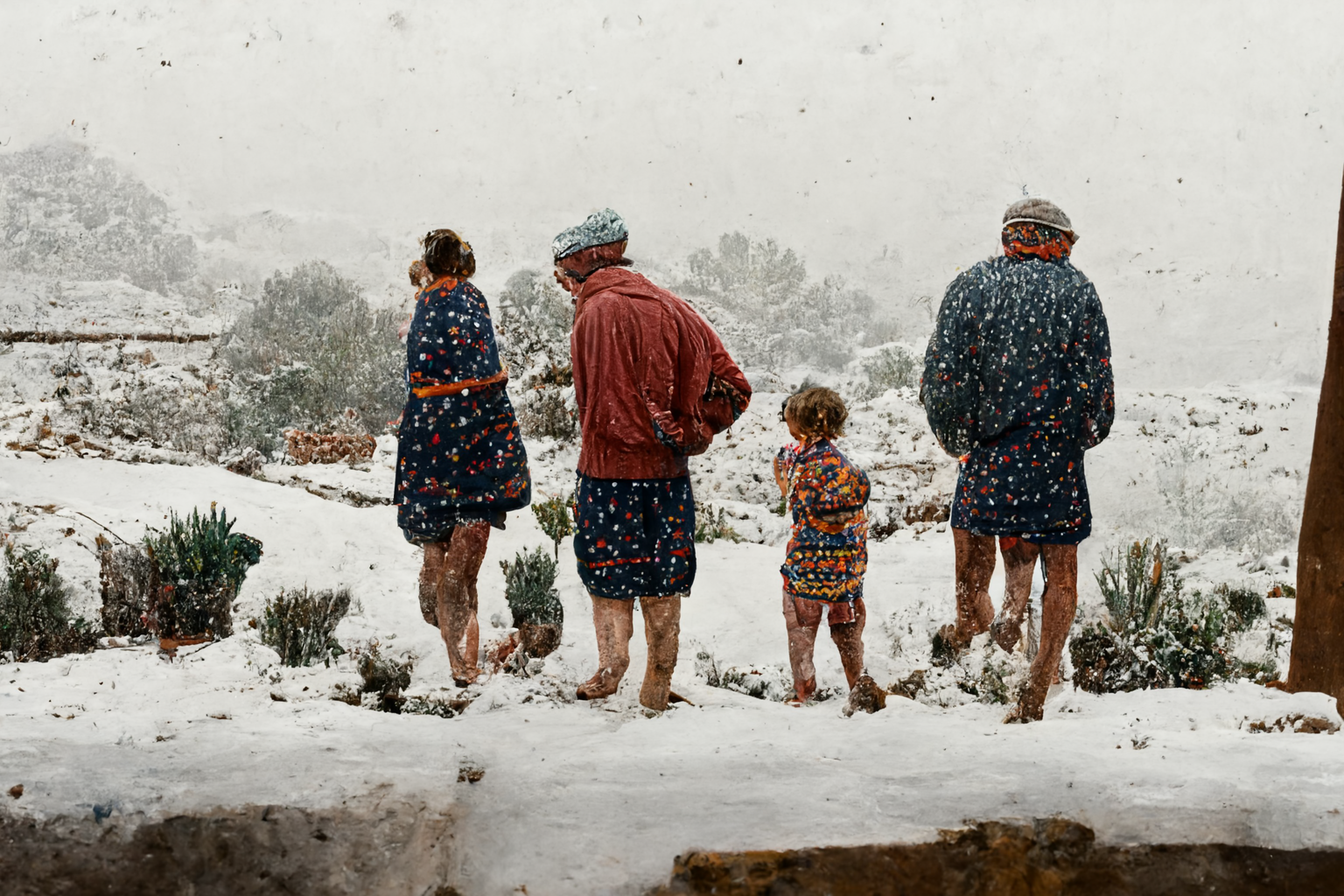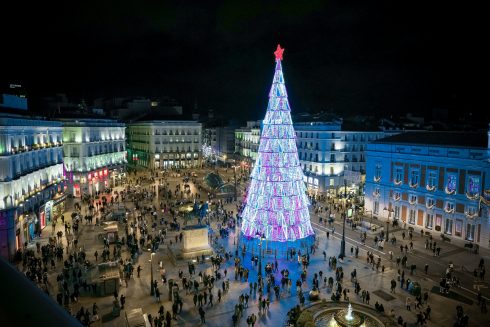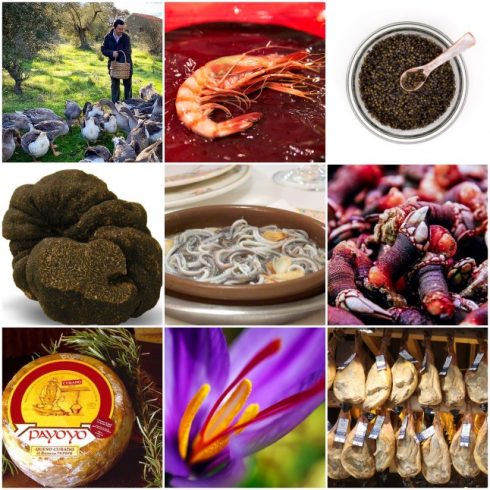TO the surprise of newcomers to “sunny” Spain, most houses aren’t designed for winter. Old properties lack insulation and have stone floors, single-glazed windows, and loose door frames that let in drafts. Really, it’s like living in a barn. This isn’t surprising as, in previous generations, people used their ground floor as stables.
With homes built only for summer (or our four-legged friends), it’s not unusual for expats to spend their first Spanish winter craving the central heating they left behind in Britain. However, we can learn to live without it.
This year, with electricity costs at an all-time high, running any tariff-based heating system 24/7 isn’t an option for anyone who isn’t rich.
The Olive Press checks out tried-and-tested methods to keep warm and cosy this winter, without breaking the bank.

Heat yourself, not the room
An obvious tactic if your house has poor insulation, is to focus on heating yourself, not the room.
It’s time to “abrigo up” – add layers of clothing to your body. Invest in a fleece hoodie, cardigan coat, onesie, or fur-lined dressing gown, rather than anything polyester. Synthetic fabrics encourage sweating, which lowers your body temperature.
Heat is lost through our extremities, so buy thermal socks or slipper boots (think fake Uggs) to keep the toes toasty.
Another good investment is thermal garments designed for skiers. For extra warmth, wear them as a first layer under normal clothes.
If you’re feeling cold, don’t sit still. Do some star jumps, go for a run, dance in your lounge to your favourite tunes, or visit the gym.
Feed yourself carbohydrates, hot soup, stews, and other winter warmers. Red meat raises body temperature – time for mince and potatoes.
If all else fails, remember that mulled wine, hot toddy, brandy coffee, or ‘vino’ will do the trick, quickly. However, a lemon and ginger tea is a healthier option.
Drape sofas with soft furnishings and plug gaps
Winter isn’t the time for spartan surfaces! Drape your sofa with sheepskin-lined blankets or fleeces. You can sometimes buy “warmers” in charity shops for a few euros. Soft cushions and pillows add a cosy feel to the lounge.
Cold floors can be improved with rugs – these can be removed in spring.
Plug any gaps under doors with something recycled – old sheets, tights stuffed with fabric scraps – the choice is yours.
Hang thick curtains over the outside of exterior doors and replace your thin, summery interior curtains with thicker ones. If you lack curtain poles, drawing pins and staple guns will hang fabric in seconds.
You can improve single-glazed windows by buying plastic insulation skins cheaply on Amazon: these affix over the glass temporarily. The disadvantage is you can’t open the window.

Choose your heating device carefully
Many older Spanish homes have woodburning stoves. It pays to invest in a good quality one with sufficient “watts” – 12 is more powerful than eight. An exit tube with an elbow joint – not going straight upwards – will reduce heat loss through the chimney.
Pellet heaters can involve a larger initial investment, but they are efficient and less messy. However, once they are turned off, they don’t emit latent heat.
Portable gas heaters are popular in Spain: you can always monitor how many bottles of ‘butano’ or ‘propano’ you’re using. However, these give out ‘wet heat’ and aren’t great in bedrooms.
Electric heaters have the advantage of turning on easily (unlike the wood burner). Some of the cheapest to run are infrared, oil filled, ceramic, and space heaters. You need to check the wattage of the device – 1,500W uses more than 1,000W. Some are plain wimpy, so avoid 400W.
Juan Hernandez, an energy advisor, recommends solar heating. If that’s a no-go, he says to buy oil-filled radiators of about 1,500W to 2,000W, with a timer to prevent them over-consuming.

Is it time to change your energy supplier?
Although many residents of Spain’s use the country’s main electricity supplier, Endesa, other options might prove cheaper – such as Holaluz. Endesa changes its tariffs according to the hour of the day, making it expensive to run heaters at peak times, such as the evening. View comparison sites – these are easily found on Google.
Go to bed – or someone else’s warmer house
If all else fails, why not visit a public space with better heating than your own home? Such as the bar or a friend’s house with underfloor heating. Alternatively, you can go to bed early and cuddle the dog (the best sort of hot water bottle). There’s something to be said for retiring at dusk and arising at dawn.
Don’t forget – winter hibernation is the key to success for many species of animal. So, take the lead: snuggle down and get cosy.
STAYING ALIVE: Health and safety
With wood burners, check that the chimney isn’t blocked before its first run. Also check that you’re not slowly carbonating green (or damp) wood, that’s emitting toxic fumes. If smoke leeches into the room, open windows and doors and go outside for a while. Invest in a carbon monoxide alarm.

Making your own ceramic heater using a terracotta pot, metal bolts, and tea lights is economical but dangerous if you have children or clumsy people around.
Many old people still use ‘braseros’ in their homes. This sits at the base of a ‘mesa camilla’ – a table with a round hole cut into a bottom shelf. Traditional ‘braseros’ used carbon but newer ones are electric. The idea is to drape a thick cloth over the table and your legs, with the heater nestling underneath. This is a potential fire risk – particularly if you are going to fall asleep and kick the cloth into the heater.
Don’t put portable gas heaters in a small, unventilated room. Turn off gas before you go to bed.
Never mount your electric bathroom heater over the bath, for obvious reasons.
READ MORE
Malaga’s bars in Spain protest ‘unaffordable’ energy bills with symbolic five minute blackout
Spain’s prime minister announces more measures aimed at combating energy crisis
Click here to read more News from The Olive Press.








